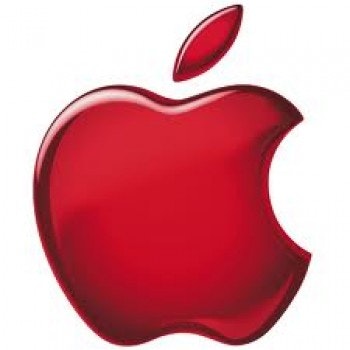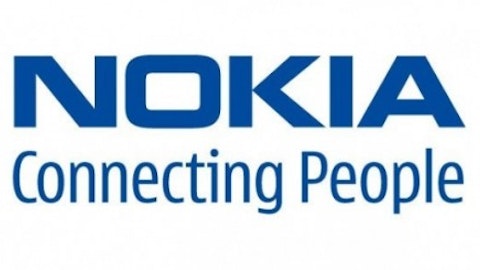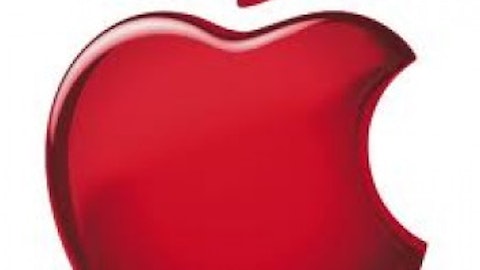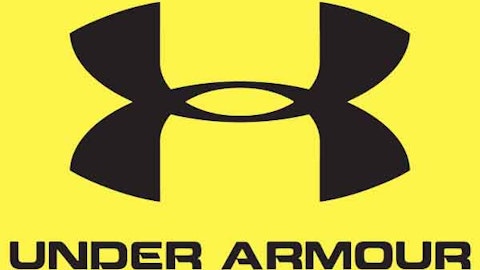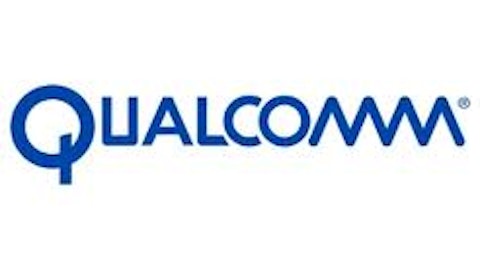Apple Inc. (NASDAQ:AAPL) sold the two most popular phones in the world last quarter. The iPhone 5 and the older 4S model both outsold the next closest competitor, Samsung Electronics Co., Ltd. (KRX:005935)’s Galaxy S3. Apple bears often pose the argument that Samsung is winning market share, and Apple can’t compete abroad in developing countries where the majority of smartphone growth will come from in the future.
Many analysts expect Apple to release a low-end phone, and adopt a similar model to Samsung in emerging markets. I believe this strategy moves away from Apple’s core competencies and won’t generate the boost in profits investors are looking for.
How important are smartphones?
Most investors are aware that the majority of Apple’s profits come from iPhone sales. While the company has a diverse product portfolio, the fantastic growth in the company’s recent years is almost entirely attributable to the popularity of the iPhone. Last quarter, the iPhone accounted for 56% of net sales for the company.
What many investors don’t realize is that Samsung, even with its huge product portfolio and diverse business segments, is just as much tied to the smartphone market as Apple. In fact, the company generated 62% of profits from mobile phones last quarter, and Barclays expects that number to increase to 70% this quarter with the release of the S4. These numbers are very similar to Apple’s.
Unlike Apple Inc. (NASDAQ:AAPL), however, Samsung sells both high-end and mid-to-low-end phones, which perform very well abroad where phone subsidies are rarer than in the United States. Because the biggest growth opportunities are abroad, where cheaper phones are in high demand, sell-side analysts are shouting for an inexpensive iPhone model.
What about margins?
Apple is a high-end company. Even its “cheap” iPad mini sells for 40% gross margin. A low-end iPhone would be quite a shift for the company. A phone priced in the $200-$300 range (unsubsidized) will likely cannibalize premium iPhone sales, and put a damper on margins. Not to mention the impact it could have on its premium-quality image.
The low-end phone market is much more competitive than the high-end, which results in significant margin pressure. Samsung relies on the sales of its high-end phones, like the Galaxy S4, to subsidize its low-end portfolio. Adnaan Ahmad, an analyst at Berenberg Bank, estimates that Samsung’s profit margin on low-end phones could be as low as 1%.
Effectively, Samsung finds itself in the same boat as Apple Inc. (NASDAQ:AAPL) despite a large portfolio of low-end phones. Because profit margins are so low on such phones, a low-end offering from Apple doesn’t appear to be the best solution to Apple’s problems.
